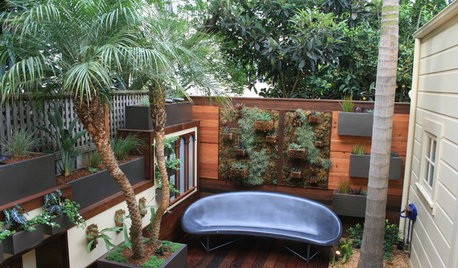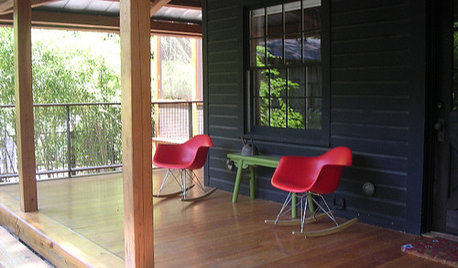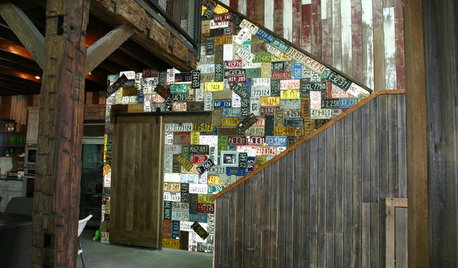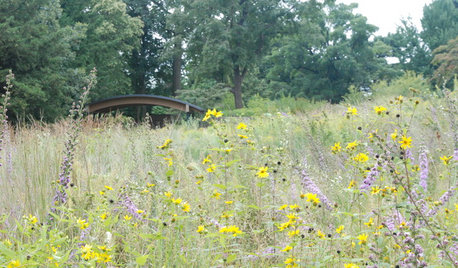Identification Fun!!
mooserider
11 years ago
Related Stories

GARDENING FOR BUTTERFLIESA Quick-Start Guide to Bird-Watching for Fun and Learning
Set out some seed and grab your field guide. Bird-watching is an easy, entertaining and educational activity for the whole family
Full Story
GARDENING AND LANDSCAPINGRoom of the Day: An Outdoor Space for Living and Playing
This small San Francisco backyard is packed with fun features
Full Story
PINKHoneysuckle: Inspired by Pantone's Color of the Year
13 ways homes can wear this confident shade of pink, Pantone's color of 2011
Full Story
DECORATING GUIDESGive License Plates the Green Light
Imagination is the driving force behind these car and motorcycle plates repurposed as artistic home decor
Full Story
GARDENING GUIDESHow to Find the Right Plants for Your Garden
Break free from choosing plants by cold-hardiness zones for a beautiful landscape that thrives year-round
Full Story
COLORS OF THE YEARPantone Has Spoken: Rosy and Serene Are In for 2016
For the first time, the company chooses two hues as co-colors of the year
Full Story
GARDENING GUIDESBackyard Birds: Create a Home for American Kestrels
These copper-colored birds of prey can be found throughout North and South America and often find habitats near human activity
Full Story
ORGANIZINGHelp for Whittling Down the Photo Pile
Consider these 6 points your personal pare-down assistant, making organizing your photo collection easier
Full Story
GARDENING GUIDESHow to Find the Right Native Plants for Your Yard
Find plant maps, sale sites and guides that make going native in the garden easier than ever
Full Story
DECORATING GUIDESFresh Take: 13 Great Ways to Say Yes to Plaid
Give your room a dose of the unexpected with plaid’s classic lines in nearly infinite colors and materials
Full Story







Wayne Reibold
mooseriderOriginal Author
Related Professionals
Walnut Landscape Architects & Landscape Designers · West Chester Landscape Architects & Landscape Designers · San Juan Landscape Architects & Landscape Designers · Stoughton Landscape Contractors · Belvedere Park Landscape Contractors · Lorain Landscape Contractors · Louisville Landscape Contractors · Point Pleasant Landscape Contractors · Riverview Landscape Contractors · Westford Landscape Contractors · Chesterfield Fence Contractors · Clarksburg Fence Contractors · Fallbrook Fence Contractors · Golden Fence Contractors · South Yarmouth Fence Contractorslarry_gene
tanowicki
Wayne Reibold
tanowicki
plantknitter
reg_pnw7
mooseriderOriginal Author
plantknitter
mooseriderOriginal Author
plantknitter
mooseriderOriginal Author
George Three LLC
reg_pnw7
botann
bejoy2
Wayne Reibold
bejoy2